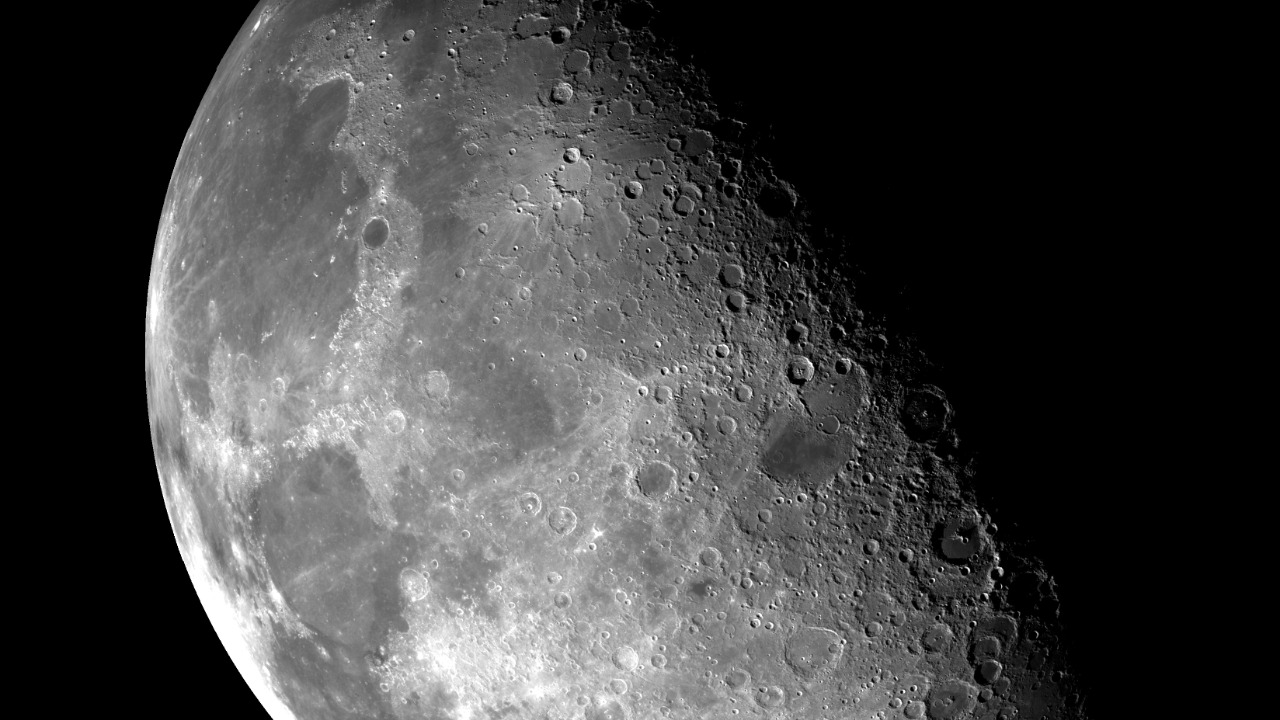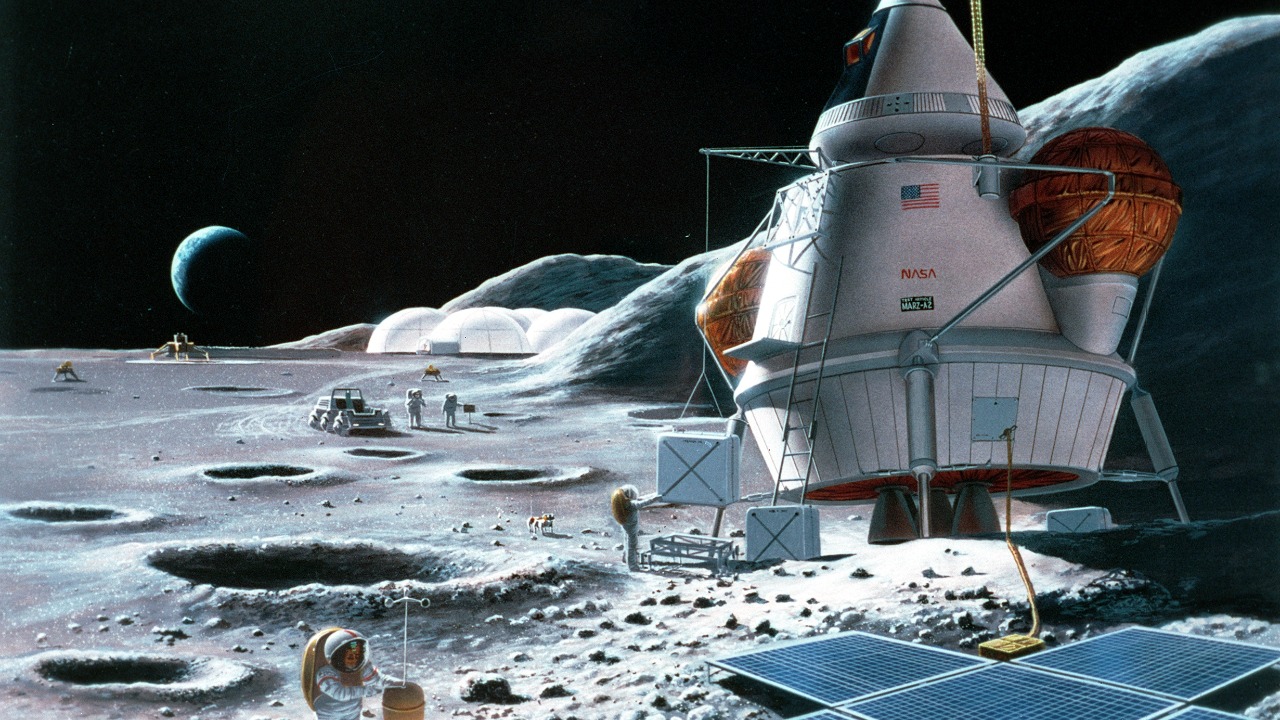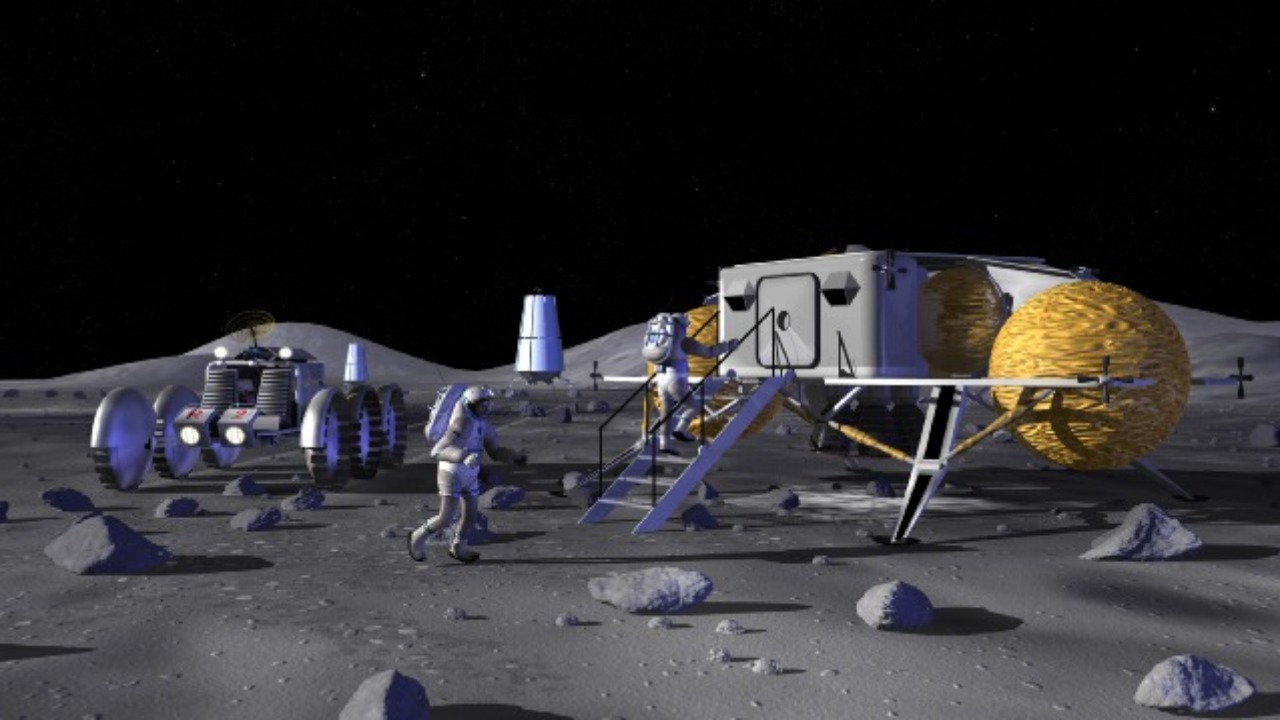
Living inside the Moon is a tantalizing concept that has captured the imagination of scientists and dreamers alike. While the Moon presents several challenges for human habitation, the idea of establishing a permanent base beneath its surface raises intriguing possibilities. Exploring the feasibility of lunar colonization requires understanding both the obstacles and the necessary steps to make it a reality.
The Concept of Lunar Colonization

The idea of lunar colonization has long been a staple of science fiction, inspiring countless stories and visions of human life on the Moon. From early 20th-century pulp magazines to modern cinematic masterpieces, the Moon has been portrayed as both a mysterious frontier and a potential new home for humanity. What was once purely speculative has gradually transformed into a serious field of scientific inquiry, driven by the strategic importance of the Moon as a stepping stone for deeper space exploration.
Strategically, the Moon offers a unique opportunity. It could serve as a launch pad for missions to Mars and beyond, reducing the cost and complexity of space travel. Moreover, the Moon is believed to harbor valuable resources, such as water ice and rare minerals, which could support human life and fuel further space exploration. This has spurred a renewed interest in lunar exploration from both government space agencies like NASA and private companies, all vying to be the first to establish a foothold on our celestial neighbor.
Challenges of Living Inside the Moon

Despite its allure, the Moon presents significant environmental challenges that must be overcome for successful colonization. The Moon lacks a protective atmosphere, exposing potential inhabitants to harmful cosmic radiation and extreme temperature fluctuations. Any effort to live on the Moon would require sophisticated solutions to create a habitable environment, shielding humans from these harsh conditions.
From a technological standpoint, developing sustainable life support systems and infrastructure is a formidable hurdle. Creating habitats that can maintain air pressure, provide temperature control, and recycle water and air is essential. Moreover, the psychological and social dynamics of living in isolation and confinement cannot be ignored. The impact on mental health and the need to foster a sense of community are critical factors to consider in any long-term lunar habitation plans.
Solutions and Innovations

Advances in technology hold the key to overcoming these challenges. Innovations in robotics, artificial intelligence, and materials science are paving the way for sustainable lunar colonization. Autonomous robots could construct habitats, while AI systems manage life support and resource allocation. Moreover, new materials could provide superior insulation and radiation protection.
The Moon’s resources also present exciting possibilities. Mining for water ice could provide a renewable source of water and oxygen, while regolith, the Moon’s surface material, could be used for construction and manufacturing. International collaboration will be crucial in tackling the technical and financial challenges involved. By pooling resources and expertise, nations could share the burden and benefits of establishing a permanent presence on the Moon.
Ethical and Philosophical Considerations

As we contemplate colonizing the Moon, ethical questions arise. Altering and inhabiting extraterrestrial environments could impact the Moon’s natural state, raising concerns about preservation versus human expansion. Balancing these considerations requires thoughtful debate and careful planning.
The potential impacts on Earth’s geopolitics and space law are also worth examining. Issues of ownership, governance, and international treaties must be addressed to prevent conflicts and ensure fair access to lunar resources. These discussions tie into broader philosophical reflections on humanity’s place in the universe and our innate desire to explore and colonize new worlds.
Future Outlook

Realistic projections for lunar colonization vary, but there are milestones on the horizon. Some experts suggest that within the next few decades, we could see the establishment of a permanent lunar base. Achieving this will depend on sustained public interest and funding, driving advancements in technology and exploration efforts.
A successful lunar colony could serve as a model for future space colonization endeavors, influencing how we approach the colonization of Mars and beyond. Additionally, the technologies and strategies developed for lunar living could have profound implications for sustainability efforts here on Earth, offering new solutions for resource management and environmental stewardship.